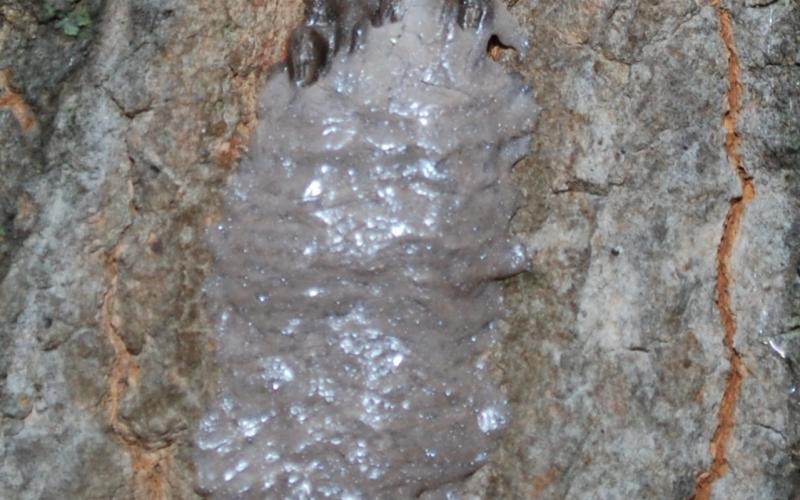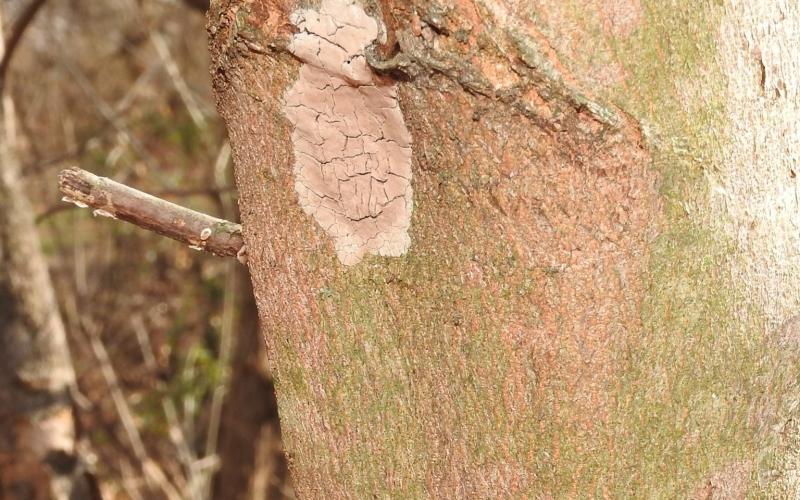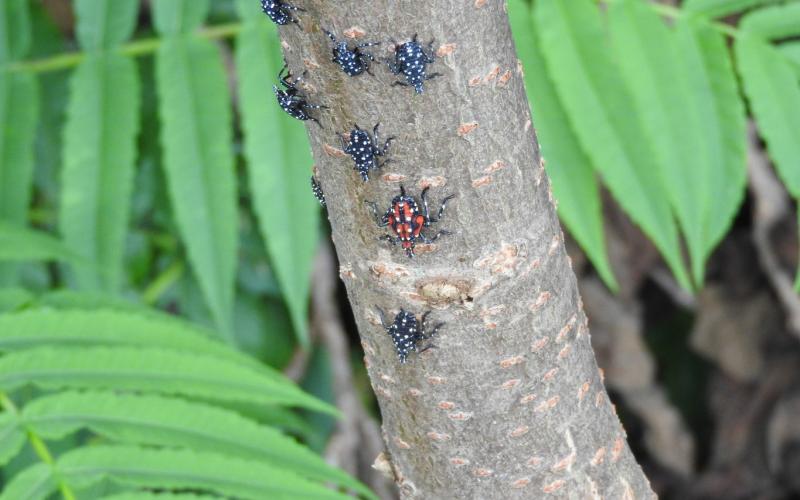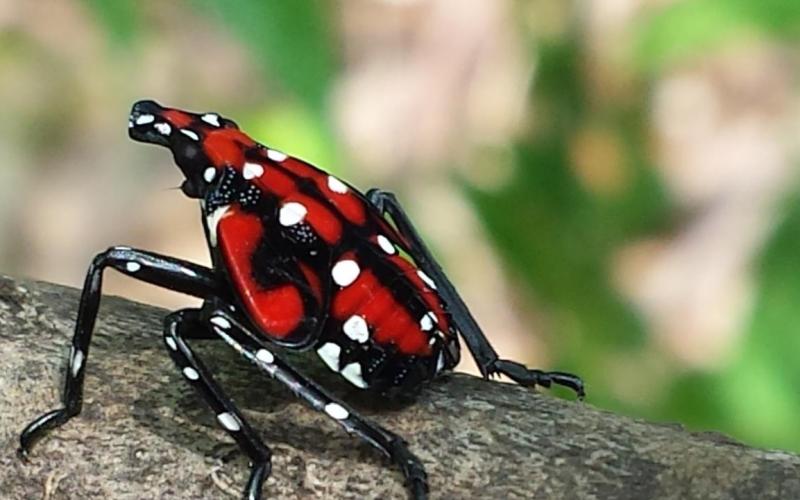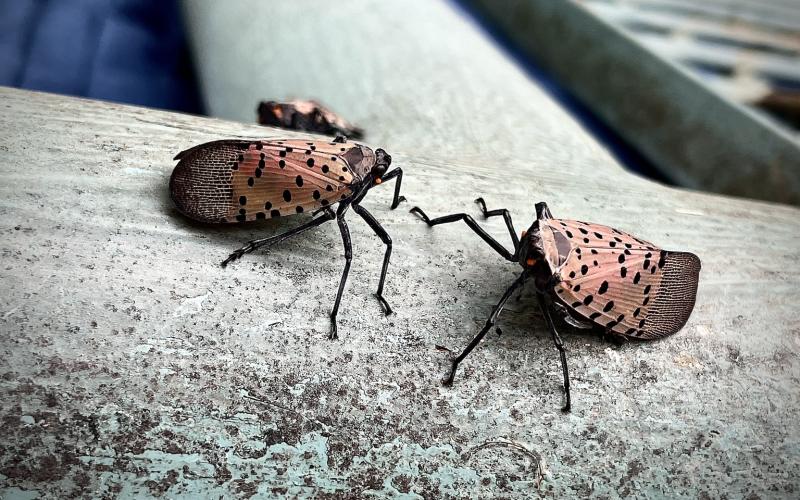Return to Deter Double Trouble menu
Spotted lanternfly has caused both environmental and economic damages in the United States. Currently there haven't been any sightings of spotted lanternfly in Minnesota, but the insect has been found in both Iowa and Michigan. Early detection of this invasive pest will be key to managing it in Minnesota.
- Spotted lanternfly is an invasive insect that feeds on many economically important plant species.
- Spotted lanternflies can produce large amounts of honeydew which can promote sooty mold growth on the skins of grapes and fruit crops and make them unmarketable.
- Insects feeding on the vines can reduce plant vigor and buildup of sooty mold can inhibit leaf photosynthesis.
- Spotted lanternflies can congregate to feed in large numbers.
- Honeydew and sooty mold build up on outdoor items can become a residential nuisance.
- Sooty mold and honeydew can attract stinging insects.
Detect and Identify
Early detection and management are key to preventing spotted lanternfly from spreading in Minnesota. The public can help by joining the citizen science project at UMN Extension. With more people trained to detect and identify spotted lanternfly, they can be caught early and managed prior to causing problems.
Spotted lanternfly have three distinct life stages: egg mass, nymphs and adults.
Visual characteristics of spotted lanternfly:
- Early instar nymphs are about ¼ inch long and black with white spots.
- Later instars become red, still have the white spots, and are about ¾ inch long. Look for nymphs in late spring and summer.
- Adults are about 1 inch long. They have pinkish-tan wings with black spots that they keep folded over their backs. The hind wings have patches of red and black with a white band when wings are opened. Look for adults in early – mid fall.
- Egg masses are very hard to see. They are about 1 inch long, smooth, and brownish-gray. They are shiny and waxy when first laid but may crack during the winter.
Other characteristics of spotted lanternfly:
- Adults and nymphs can spread on their own by jumping and walking. Nymphs are strong jumpers and will jump when prodded or frightened. Adults can also fly short distances.
- Egg masses and adults of spotted lanternflies can easily be moved by human activity. Egg masses can be laid on almost any outdoor surface including firewood. Adults can easily hitchhike on moving vehicles.
Report and Manage
Early detection is key to successful management. You can help by detecting and reporting possible spotted lanternfly sightings.
1. Use or online reporting serviceReport a Pest
2. Email reportapest@state.mn.us
3. Call 1-888-545-6684
Please take detailed photos of the insect if possible and take note of the specific location. Take precautions if handling the insect by wearing gloves.
After your report submission you can expect the following:
1. MDA staff may contact you for more information to make an accurate identification of the insect.
2. If the report is positive the location of the insect will be mapped.
3. If spotted lanternfly is discovered in Minnesota, actions may be taken to prevent its spread to new areas and to eradicate or control any infestations.
Management recommendations
- Check outdoor material and vehicles if traveling from a spotted lanternfly infested state and remove any signs of infestation.
- Buy and burn local firewood.

